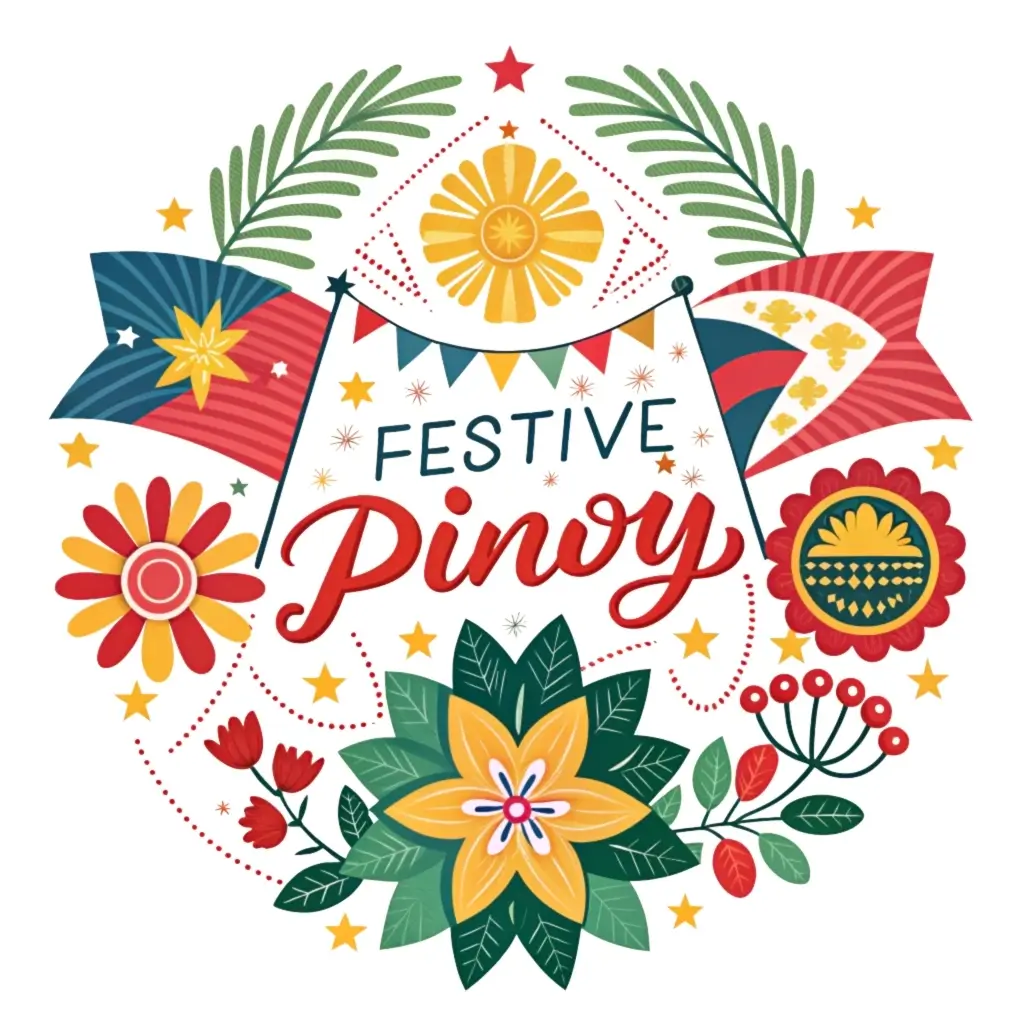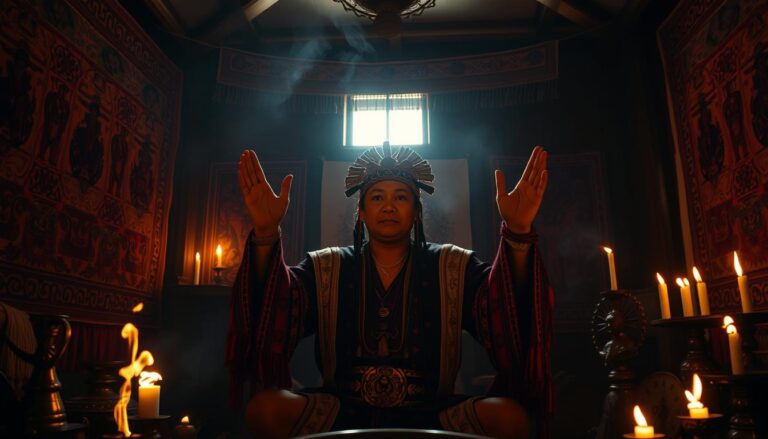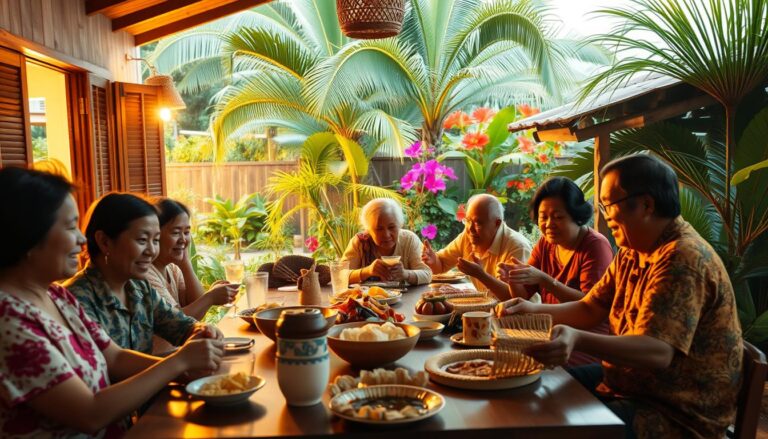Exploring Filipino Wedding Customs: Traditional Practices and Modern Twists
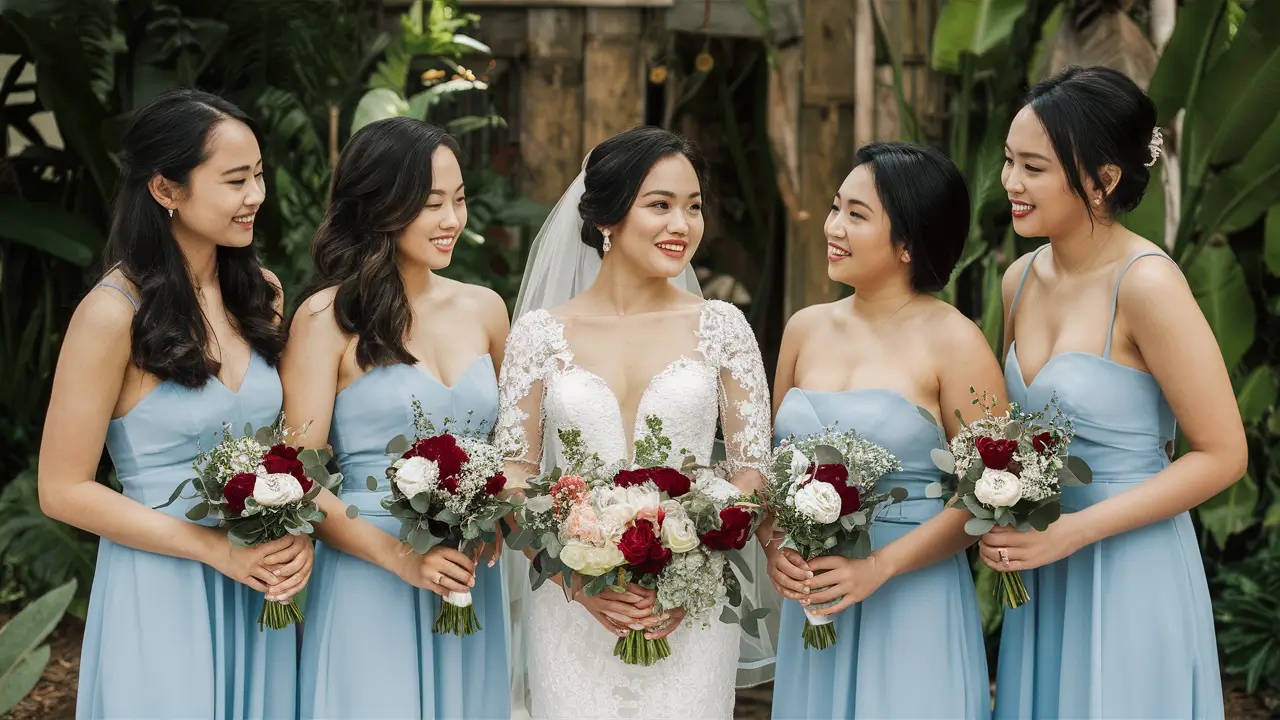
Filipino weddings are a vibrant tapestry of traditions, blending Spanish, American, and native influences into a unique celebration of love and family. When I attended my first Filipino wedding, I was struck by the rich customs and the deep sense of community that permeated every moment.
From the intricate details of the “pamamanhikan” (the formal asking of the bride’s hand) to the symbolic “arras” (exchange of coins), each ritual carries profound meaning. These customs don’t just honor the couple but also highlight the importance of family ties and cultural heritage. If you’ve ever wondered what makes Filipino weddings so special, you’re in for a fascinating journey through tradition and modernity.
Interesting Facts About Filipino Wedding Customs
- 🧵 Filipino brides often wear a veil pinned to their hair, symbolizing purity and modesty.
- 🪙 The “arrhae” ceremony involves the groom giving the bride 13 coins, representing his commitment to provide for the family.
- 🕯️ During the ceremony, sponsors light unity candles representing the joining of two families.
- 🐖 Some regions practice “lechon-giving”, where the groom’s family gifts a whole roasted pig to the bride’s family.
- 🧹 In some areas, newlyweds perform a ritual sweeping of coins to symbolize a prosperous life together.
- 🎈 Releasing white doves or butterflies after the ceremony is believed to bring good luck to the couple.
- 🍚 The “nuptial cord” ceremony involves draping a silken cord or rosary over the couple’s shoulders in a figure-eight shape, symbolizing infinite love.
- 💰 “Money Dance” is a tradition where guests pin money to the couple’s clothes as they dance, providing financial help for their new life.
- 🥄 The couple often shares their first meal by feeding each other with crossed arms, symbolizing their commitment to care for each other.
- 🚪 In some regions, the newlyweds must leave the reception before their last guest, or it’s believed their marriage may face difficulties.
Traditional Filipino Wedding Attire
Filipino wedding customs emphasize elegance and cultural heritage through their traditional wedding attire. The clothing provides striking visual representations of the nation’s mixed influences.
| Custom | Description |
|---|---|
| Pamamanhikan | Formal meetings between the couple’s families where the groom’s family formally asks for the bride’s hand in marriage. |
| Paghahanda sa Kasal | Wedding preparations involve the whole community, with family and friends helping with tasks like cooking and decorating. |
| Veil and Cord Ceremony | The veil symbolizes unity, and the cord represents the couple’s bond. These are placed over the couple’s shoulders during the ceremony. |
| Coins Ceremony | The groom gives 13 coins (arras) to the bride, symbolizing his commitment to provide for the family’s welfare. |
| Release of Doves | Doves are released after the ceremony to symbolize peace, love, and unity in the couple’s marriage. |
| Money Dance | Guests pin money on the couple’s attire or dance with them to help them financially as they start their life together. |
| Filipiniana and Barong Tagalog | The bride and groom wear traditional Filipino attire, showcasing the country’s culture and heritage. |
| Food and Feast | Filipino weddings are known for their lavish feasts with a variety of traditional dishes served to guests. |
| Games and Traditions | Fun games and traditions like the “sabitan ng barong” (pinning money on the groom’s barong) add joy and laughter to the celebration. |
Barong Tagalog for Men
The Barong Tagalog is the traditional formal attire for Filipino grooms. Made from lightweight fabrics like jusi or piña, this transparent shirt is worn untucked over a basic undershirt. Often intricately embroidered with native patterns, it reflects both Filipino creativity and class.
The Barong Tagalog, seen in many Filipino wedding traditions and customs, symbolizes humility and equality.
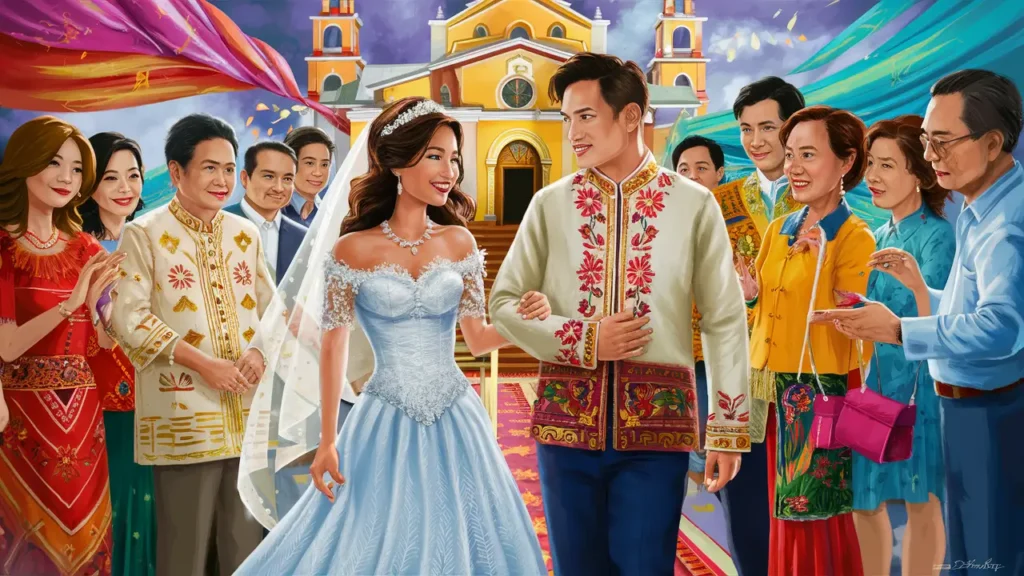
Maria Clara Gown for Women
The Maria Clara gown, named after a character from Philippine national hero José Rizal’s novels, is the traditional bridal attire for women. This elegant gown features butterfly sleeves and a panuelo (scarf) draped over the shoulders, embodying modesty and grace.
Made of luxurious fabrics like silk or satin, it showcases fine embroidery and beadwork, representing the bride’s beauty and cultural pride. These gowns highlight the depth and beauty of traditional marriage customs in the Philippines.
Pre-Wedding Rituals
Filipino wedding customs feature various pre-wedding rituals steeped in tradition, community, and family values. Among the most integral are the Pamamanhikan and the Despedida de Soltera.
Pamamanhikan: The Formal Family Introduction
Pamamanhikan involves a formal visit by the groom and his family to the bride’s home, symbolizing the groom’s intent to marry. The families discuss wedding preparations, negotiate matrimonial agreements, and strengthen familial bonds. This tradition underscores the importance of family consent and unity, which are fundamental in Filipino wedding traditions and customs.
Despedida de Soltera: The Bridal Farewell Party
Despedida de Soltera, or the bridal farewell party, honours the bride’s final days as a single woman. This event, usually hosted by the bride’s family, involves a celebratory dinner with close family and friends. The ceremony highlights the bride’s transition from singlehood to married life and fosters a sense of closure and new beginnings.
Key Wedding Customs
Filipino weddings encompass a range of rich traditions that honour the couple’s heritage and community values. Each custom holds deep significance and meaning, reflecting the cultural depth of traditional marriage customs in the Philippines.
Coins, Veil, and Cord Ceremony
The Coins, Veil, and Cord Ceremony play a vital role in Filipino wedding customs. Thirteen coins, known as “Arras,” are blessed by the priest and given to the groom, who then presents them to the bride. This act symbolizes the groom’s promise to provide for his family. The bride’s acceptance signifies her commitment to managing their household and resources.
The Veil and Cord represent unity and togetherness. The veil covers the bride and groom, symbolizing being clothed as one. The cord, often a silken rope or rosary, is looped in a figure eight around the couple, signifying an eternal bond that binds them together for life. These elements demonstrate the couple’s devotion and the merging of their lives.
The Importance of Sponsors
Sponsors, commonly known as “Ninongs” and “Ninangs,” are crucial in Filipino wedding traditions. These individuals, often godparents, play a significant role in the couple’s life and marriage. Sponsors provide guidance, and support, and serve as examples of successful marriages, reinforcing the couple’s commitment. They hold a position of honour, reflecting their influence and the community’s respect for their wisdom.
Modern Twists on Filipino Weddings
Modern Filipino weddings retain their rich traditions while incorporating contemporary elements. Couples personalize their ceremonies, blending heritage with individual preferences.
Incorporating Western Influences
Incorporating Western influences into Filipino wedding customs is common nowadays. Many couples opt for Western-style bridal attire, like white gowns and tuxedos, while still including traditional attire like the Barong Tagalog for the reception.
The exchange of wedding rings, a primary Western tradition, complements traditional rituals like the Coins, Veil, and Cord Ceremony. Receptions often feature a blend of modern and traditional music, bridging old customs and new trends. Filipino wedding customs money dance, where guests pin money on the couple as they dance, adds a festive twist embraced in modern celebrations.
Eco-Friendly and Sustainable Celebrations
Eco-friendly and sustainable celebrations have become important in modern Filipino weddings. Couples choose venues that support environmental sustainability, like outdoor gardens or eco-parks. Instead of traditional wedding invitations, many now send digital invitations to reduce paper waste.
Decor often includes sustainable materials like recycled paper, natural fabrics, and locally sourced flowers. Catering focuses on organic and locally sourced food to minimize the environmental footprint. These modern twists on Filipino wedding traditions showcase a commitment to honouring heritage while embracing responsible, contemporary practices.
Conclusion
Filipino weddings beautifully weave together tradition and modernity creating a unique and memorable celebration. The rich customs and rituals reflect deep cultural roots while contemporary elements and eco-friendly practices show a progressive and responsible approach.
Whether it’s the symbolic ceremonies or the elegant attire each aspect of a Filipino wedding honours the past and embraces the future. This blend of old and new truly makes Filipino weddings a remarkable and meaningful experience.
Frequently Asked Questions
What are the traditional Filipino wedding customs?
Traditional Filipino wedding customs include the Coins, Veil, and Cord Ceremony, which symbolize unity and everlasting bonds.
Who are Ninongs and Ninangs?
Ninongs and Ninangs are sponsors who provide guidance and support to the married couple throughout their lives.
What traditional attire is worn in a Filipino wedding?
The traditional attire includes the Barong Tagalog for men and the Maria Clara gown for women, representing cultural pride and elegance.
How are modern Filipino weddings different from traditional ones?
Modern Filipino weddings often blend heritage with contemporary elements, incorporating Western influences like white bridal gowns and tuxedos alongside traditional attire.
What eco-friendly practices are seen in modern Filipino weddings?
Eco-friendly practices include using sustainable venues, digital invitations, and organic catering to reduce environmental impact.
Are Western influences common in modern Filipino weddings?
Yes, it is common for modern Filipino weddings to incorporate Western elements such as white bridal gowns and tuxedos.
Why are traditional elements still maintained in Filipino weddings?
Traditional elements are maintained to honour the cultural heritage and symbolize significant aspects of the marital union.
What is the significance of the Coins, Veil, and Cord Ceremony?
The Coins, Veil, and Cord Ceremony represent unity, mutual support, and the eternal bond between the couple.
